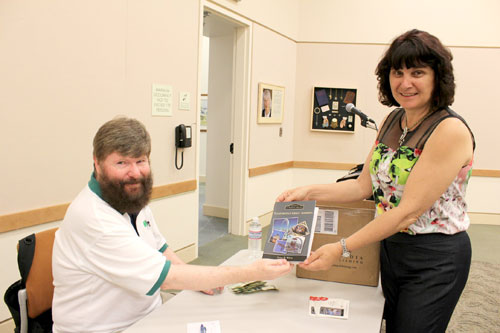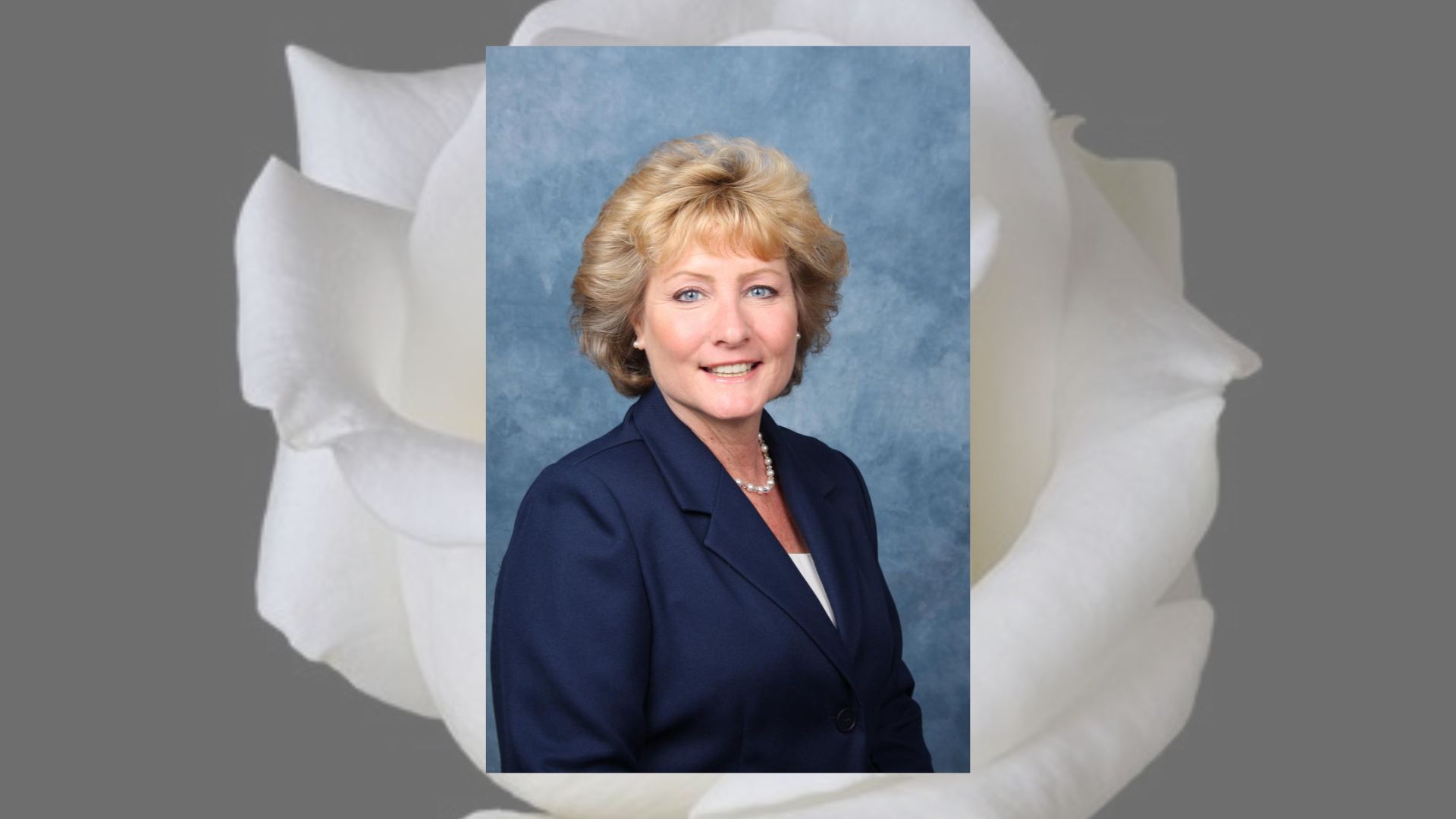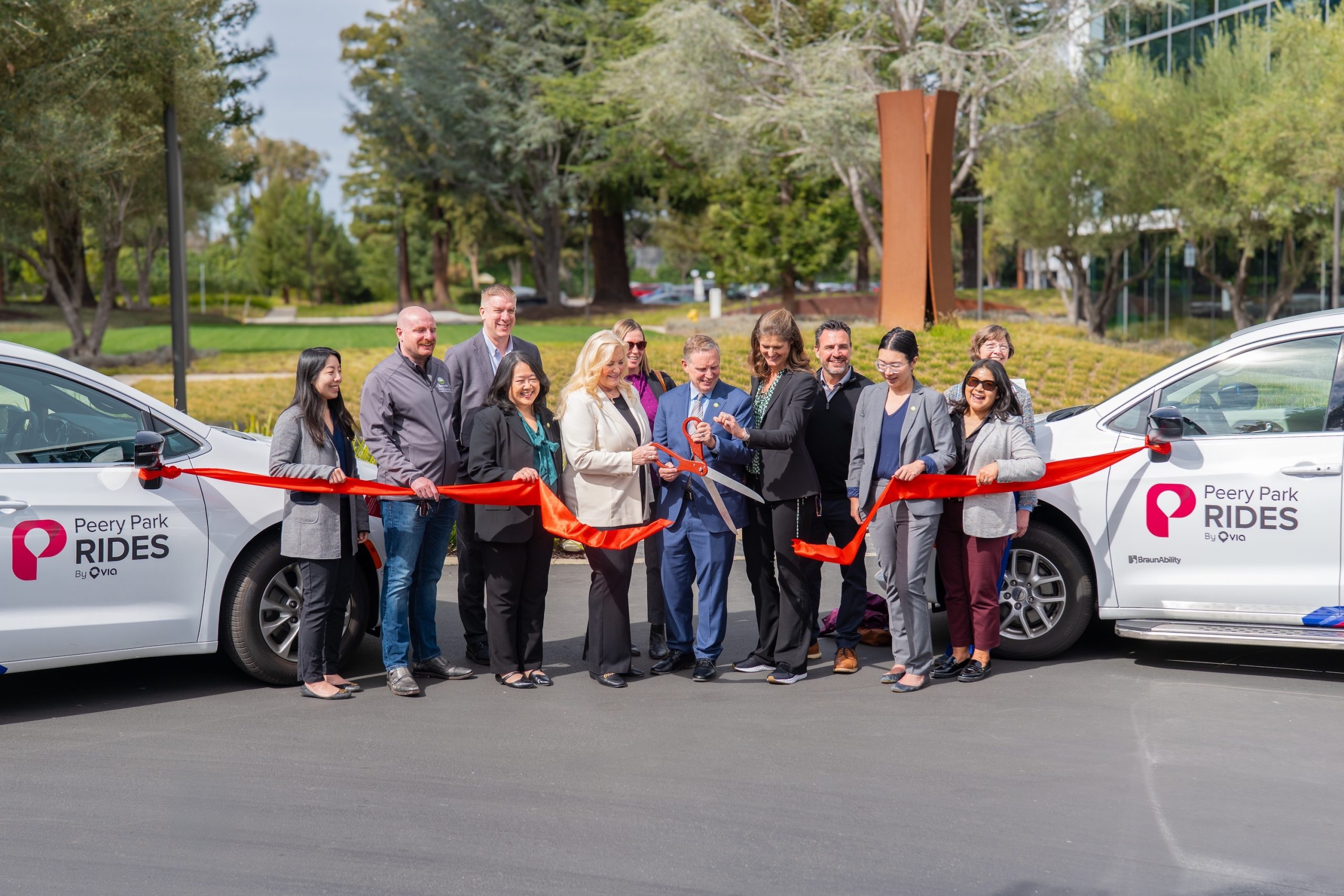

Most people visiting Great America today might not know that the theme park was proposed to be named Frontier World in 1972 before it opened in 1976 as Marriott’s Great America. Another unknown fact is that an elephant rumored to be named Lisa or Elisa planted the first tree during the groundbreaking for the park construction. Also, a $2 million budget for the park’s landscaping went a long way back then. Such were some fun details shared by Steven W. Wilson, author of “Images of Modern America: California’s Great America,” when he presented at Central Park Library on June 9.
“Great America has been an important part of Santa Clara Valley’s history for nearly 40 years,” Wilson says. “I’ve been following the history of the park for a long time, but as far as starting on the research of the book, I began last August.”
The video and slide show Wilson showed presented signature Great America rides and rollercoasters, such as The Edge, Sky Whirl, Flight Deck (formerly Top Gun), and The Demon (formerly Turn of the Century).
“Some religious groups were not happy about a roller coaster glorifying a demon,” says Wilson, showing a slide of a large crowd of park-goers waiting in line for the ride. “But The Demon was a big draw.”
George Gulli, a totem pole artist from Gilroy, also attracted a little controversy.
“One day a tree fell at the place where [Gulli] worked as a truck driver,” Wilson says. “This led him to take up wood carving and he was hired to carve totem poles [for Great America]. There were some Native Americans protesting that this man of Italian-American heritage was carving totem poles. They ended up taking George to a chief. The chief looked at his work and decided he did great work and gave him full approval to continue carving totem poles.
“The real roller coaster ride began when it was revealed that Marriott Corporation had an agreement to sell the park to a developer [who intended to turn the amusement park into an office park],” Wilson says. “This agreement included an option to allow the city to purchase the park. The city stepped up to purchase the park, and this developer said, ‘no fair.’ There was a legal battle around this from 1983 to 1988. Who saved the park? We can thank the city that we still have the park today. What they did was keep the park in existence and then return it to the private sector. Kings Entertainment eventually bought the park from the city. Then the park went to Paramount. Cedar Fair bought the park in 2006.”





